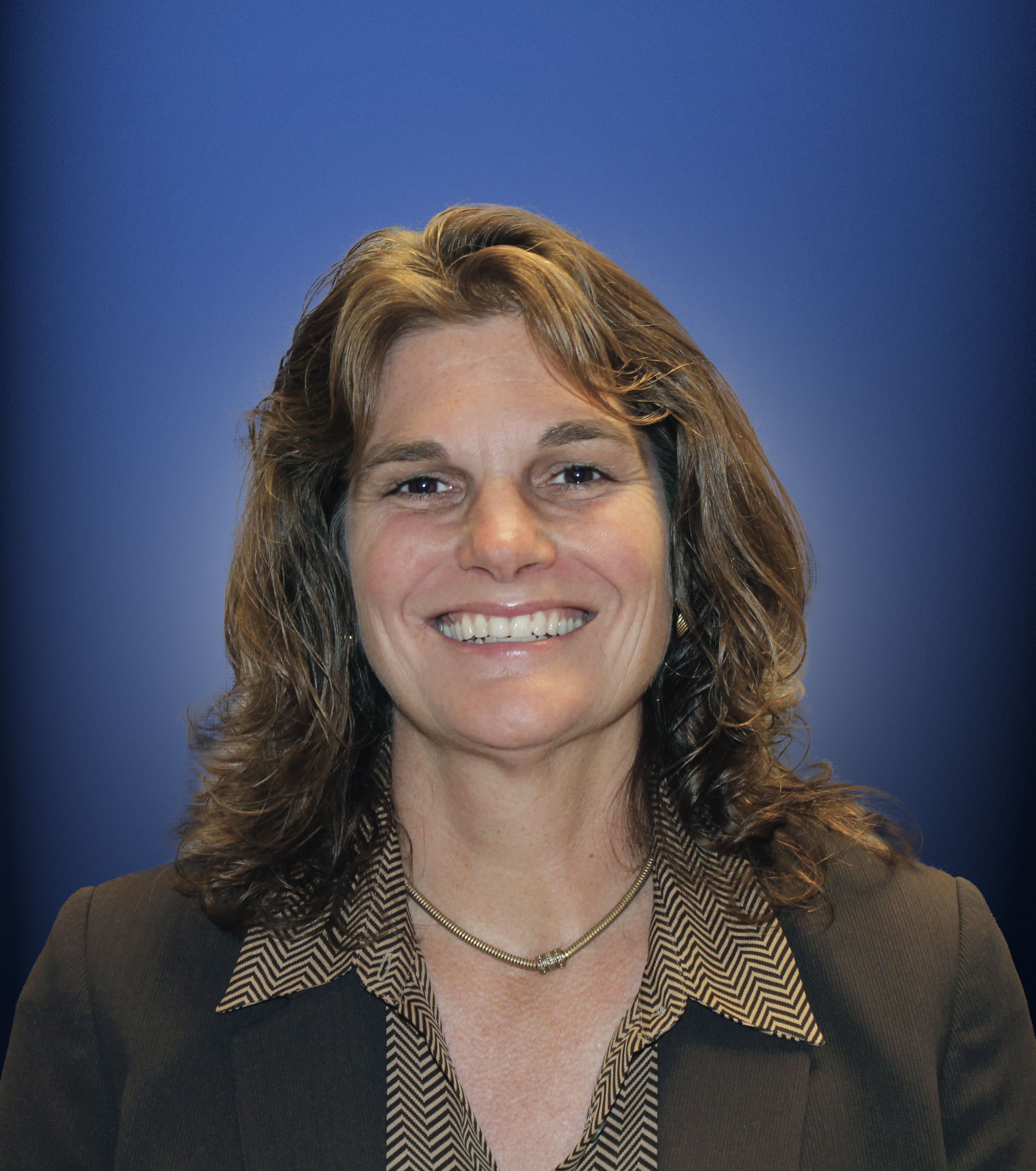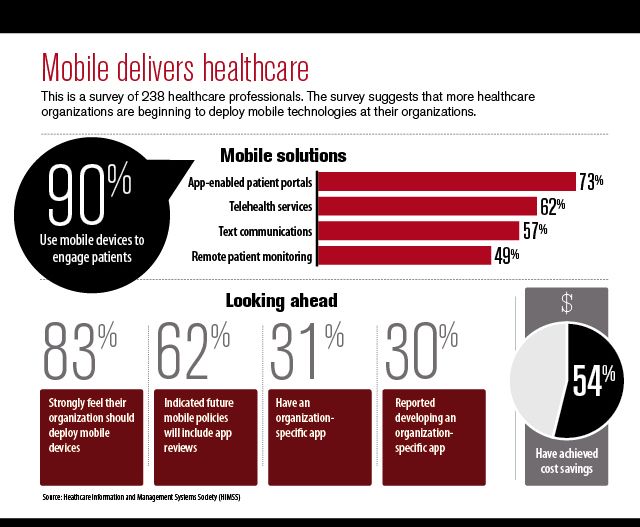Five ways technology can increase patient compliance
As technology advances, it is transforming healthcare in ways never thought possible
The key to helping patients adhere to treatment plans is to make it easy for them to do so, which is why Geisinger Health System in Danville, Pennsylvania, is exploring how the tools patients use in everyday life, such as smartphones, tablets, and wearable devices, can lend a hand in increasing patient engagement. “Our goal is to integrate patients' needs related to healthcare into their normal routines, including their daily use of digital technology,” says Jonathan Slotkin, MD, FAANS, medical director, Geisinger in Motion, a Geisinger Health System program that promotes the effective use of technology to initiate patient and provider activation across a distributed healthcare delivery network.
Patients regularly use technology to help manage many aspects of their lives, says Slotkin. “If we can add healthcare to the list of other items they use technology for, we have a better chance of engaging them and increasing care adherence.”
Here’s a closer look at how technological devices can increase patient compliance.
Smartphone apps

OscarMany people increasingly use smartphone apps to manage their daily activities, interact with the outside world, and get news, information, and alerts, says Robert Oscar, RPh, chief executive officer, RxEOB, Richmond, Virginia. In fact, a late 2015 article published in the Journal of Anaesthesiology Clinical Pharmacology reported that more than 20,000 mobile apps tied to healthcare, fitness, and medicine exist today. Smartphone apps provide a way for patients to consolidate pertinent health information and to manage their health. Because many patients carry their smartphones with them, they can easily access the information.
Linda Girgis, MD, FAAFP, Girgis Family Medicine, South River, New Jersey, sees many patients use this technology. “Apps can emit a sound when it’s time to take a medication, reminding patients when to do so,” she says. “Oftentimes, patients may not remember if they took a dose or not, but smartphone app alerts eliminate this uncertainty. Patients can also use alerts from apps to remind them of doctors’ appointments or when they need to schedule them.”

GirgisIn addition, Girgis says apps can help patients keep track of information. For example, they may say they had bloodwork done a few weeks ago, when in fact it was several months ago. An app that tracks this information might prevent this error. “Relying on memory alone is fraught with errors,” Girgis says.
Fitness apps monitor heart rate, count steps, and track movement and calories burned, encouraging wearers to keep moving. Specialized apps address factors related to conditions such as diabetes and oncology, as well as women’s health. “Apps provide an immense number of opportunities, and are an important part of making medical care mobile and improving wellness and patient engagement,” says Cynthia Ambres, MD, MS, a KPMG strategy partner based in Los Angeles and a member of the firm’s Global Healthcare Center of Excellence.
Next: E-mail and text notifications
E-mail and text notifications
E-mail and text notifications are also terrific tools to increase patient engagement, serving as reminders for appointments and communicating with doctors, Ambres says. Texting is best for urgent communications, since e-mails can get buried in an inbox or get lost in a spam folder.

WendlingAt Geisinger, text messaging is popular with patients, as it’s very easy for them to quickly. In fact, more than 290,000 existing patients receive appointment reminders via text, and can confirm or cancel them, says Chanin Wendling, MBA, director, Geisinger in Motion.
Which text messages are sent is based on a patient’s age, gender, and health conditions, says Wendling. For example, there is a text message program to help diabetes patients manage their condition and weight, and a similar program to help gastrointestinal disease patients manage their weight. Thus far, participants in the gastro-intestinal program have lost an average of .5 body-mass-index more than nonparticipants, says Wendling. Patients also get healthcare reminders for preventive care, such as scheduling mammograms and colonoscopies and pediatric wellness checks, and getting their blood pressure and cholesterol checked.
Girgis says text notifications are much more effective than phone call reminders, as patients often don’t answer their phones or don’t always hear messages. “But patients are more likely to see e-mail and text notifications, and they become stored records,” says Girgis, adding that it’s important to ensure text messages are secure and encrypted.
Next: Remote monitoring devices
Remote monitoring devices
Remote monitoring allows physicians to keep tabs on patients who need to be checked on more frequently than visits allow or are desirable. At Geisinger, case managers get alerts from bluetooth scales used by heart failure patients so they can quickly follow up if patients rapidly gain weight.
In addition, Geisinger Health Plan (GHP) uses bluetooth blood pressure cuffs and will soon be piloting in-home video monitoring of patients who have GHP in-home visits.
Geisinger also uses interactive voice response to follow up with patients who have recently been discharged from the hospital or a healthcare facility. Case managers directly contact patients who want to speak with someone or who experience complications.
Remote monitoring devices such as blood glucose monitors, activity monitors (such as fitbit and UP devices), and scales can report back to providers’ electronic medical record systems in order to track patients. Consequently, they can allow for a more rapid response to potential problems such as an episode of congestive heart failure or blood sugar variation. “As we move forward, there may be more opportunities to incorporate even more sophisticated monitoring tools such as heart monitors,” Oscar says.
Remote monitoring technology is also a great benefit in locations where dermatologists, rheumatologists, and geriatricians are in short supply, Ambres says. Patients can gain access to these providers at their primary care physician’s office.

Next: Patient portals
Patient portals

OsterbergPatient portals engage patients and increase record portability. They allow patients to see health information in a streamlined fashion, through a secure website. “This can include a patient’s medication profile, and even allow patients to request medication refills and communicate with their healthcare team,” says Lars Osterberg, MD, MPH, staff physician at VA Palo Alto Health Care System, Palo Alto, California, and associate professor, Stanford School of Medicine. “This interconnectivity is convenient for patients and can help them to self-manage chronic conditions efficiently. Reminder systems can be set up through e-mail and text to help patients improve adherence.”
Geisinger’s patient portal has been live since 2001. More than 320,000 patients are registered, with more than 80,000 log-ins per month, says Wendling. “Our philosophy is to share as much data as possible with our patients, so that they have what they need in order to manage their care,” says Wendling. Laboratory results, radiology results, OpenNotes (a national initiative that shares providers’ progress notes with patients), discharge summaries and instructions, and visit summaries are all available online. Patients can securely message their provider, view educational materials including condition-specific content through condition centers (i.e., diabetes, asthma, heart failure), and track key inputs such as glucose, blood pressure, and weight.
Patients can also answer specific health questionnaires prior to visits or during check-in (by accessing the portal through a patient check-in kiosk), and they can prepare for visits through the pre-visit center on the portal. The pre-visit center is used with all primary care patients and prompts patients to complete their health questionnaires, look at OpenNotes from a previous visit, and address healthcare maintenance items (i.e., preventive care as well as general care needs based on their condition).
Next: "Smart" pills
"Smart" pills

AmbresTechnology can improve medication adherence. Smart pills equipped with sensors and cameras are in the early use stages to help with diagnostics and administer medications, Ambres reports.
Ingestible sensors and electronic pill bottles or boxes can record when patients ingest a medication or open a medication container and remotely monitor their adherence with more granularity. For example, the time a patient actually takes the medication can be time stamped, providing a remote version of directly observed therapy.
“Other methods of monitoring medication adherence such as pill counts, medication diaries, or questionnaires are fraught with bias,” Osterberg says. “These electronic methods have given us a better understanding of a patient’s medication taking behavior. Although they have typically been used for research, as prices have improved they’re now starting to be used in clinical settings to monitor patient adherence more accurately and develop interventions that can help patients improve medication taking behavior.”
Gut surveillance applications are one of the most promising technologies in this area, in that they will greatly augment the efficacy of colonoscopies and in some instances, with proper preparation, may replace them in the future, Ambres says.
The wave of the future
The healthcare industry is already using many forms of technology to improve patient engagement and compliance. As technology continues to advance, expect to see its scope expand in ways never thought possible. Meanwhile, it will continue to grow in popularity as patients become more tech savvy and intrigued by its capabilities.
Karen Appold is a medical writer in Lehigh Valley, Pennsylvania.
In the Scope of Virtual Health and the Future of “Website” Manner, Per Ateev Mehrotra
August 10th 2023Briana Contreras, an editor of Managed Healthcare Executive, had the pleasure of catching up with MHE Editorial Advisory Board Member, Ateev Mehrotra, MD, MPH, who is a professor of healthcare policy at Harvard Medical School and an Associate Professor of Medicine and Hospitalist at Beth Israel Deaconess Medical Center.
Listen